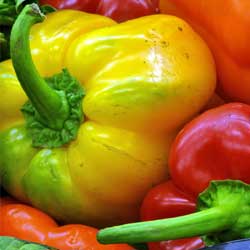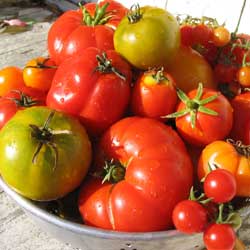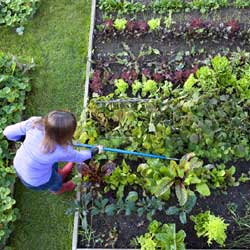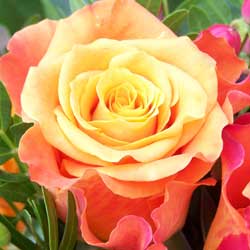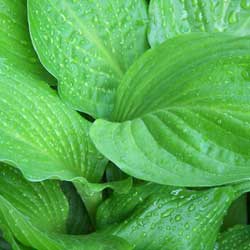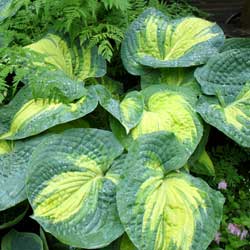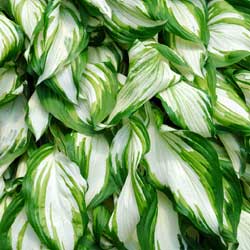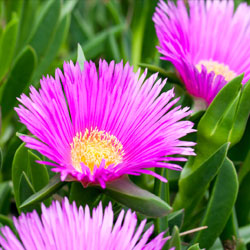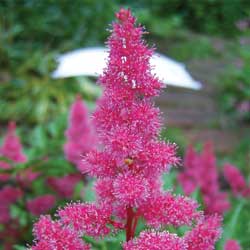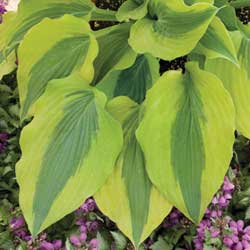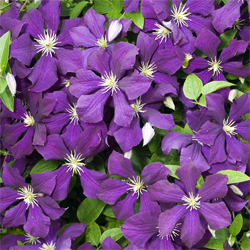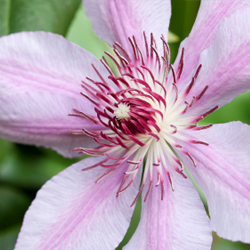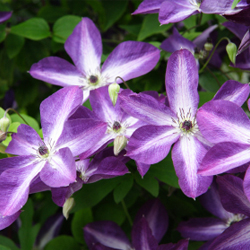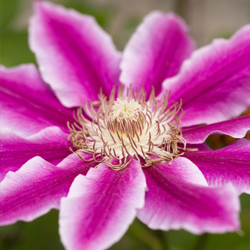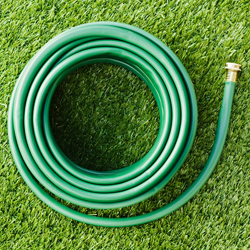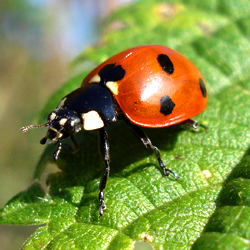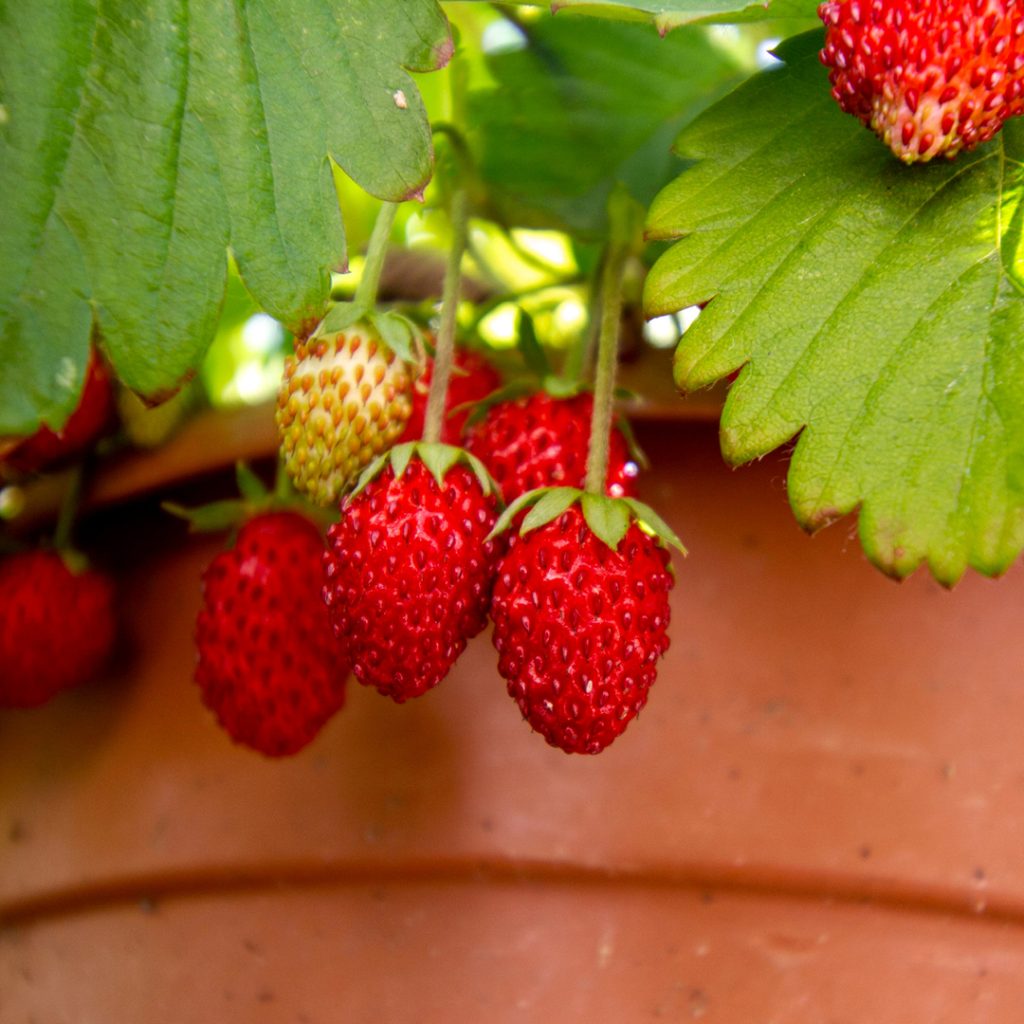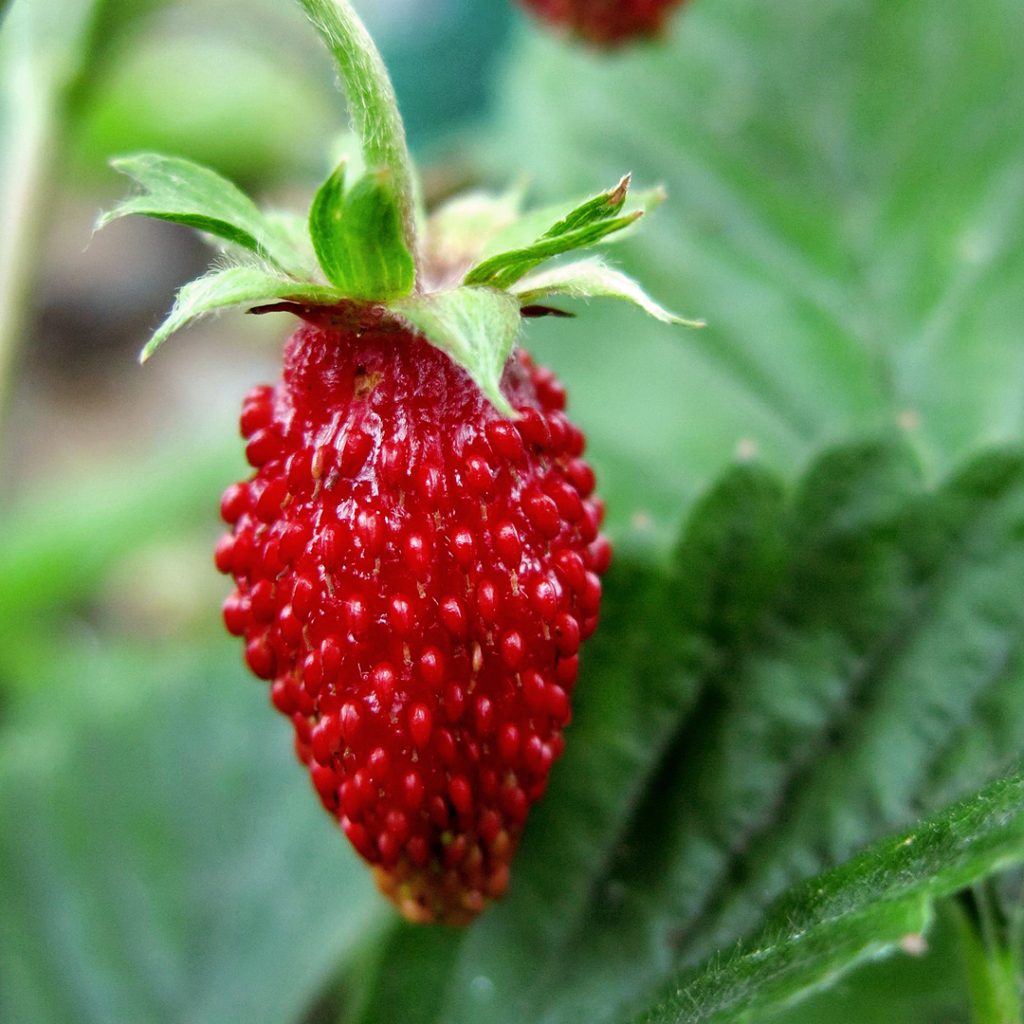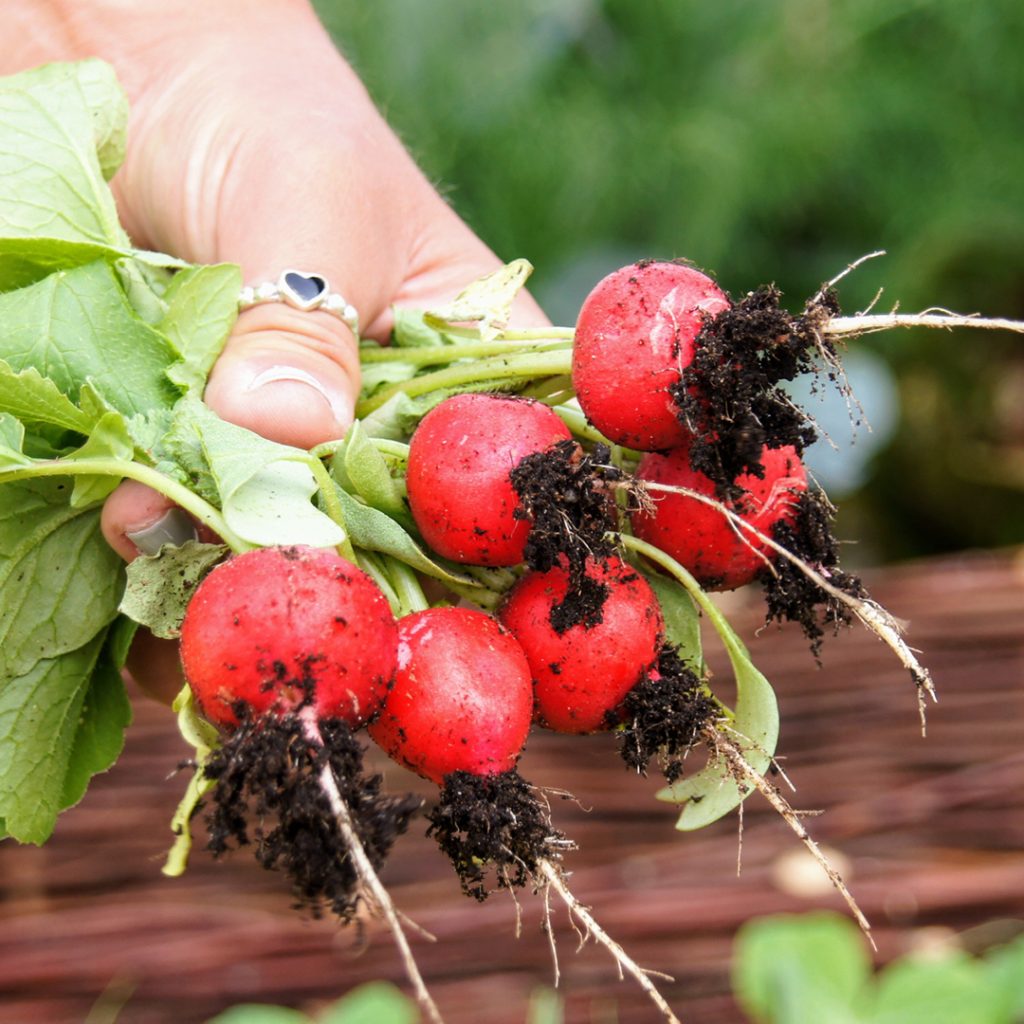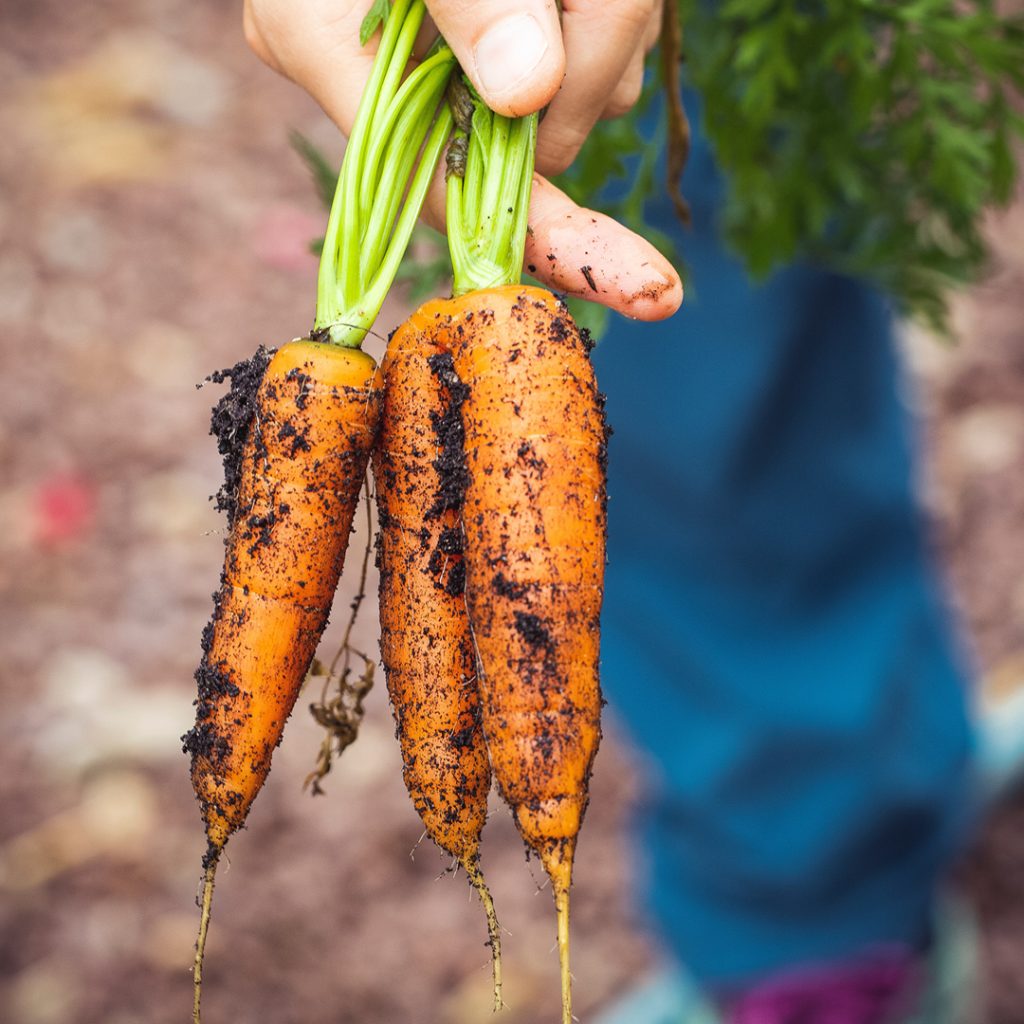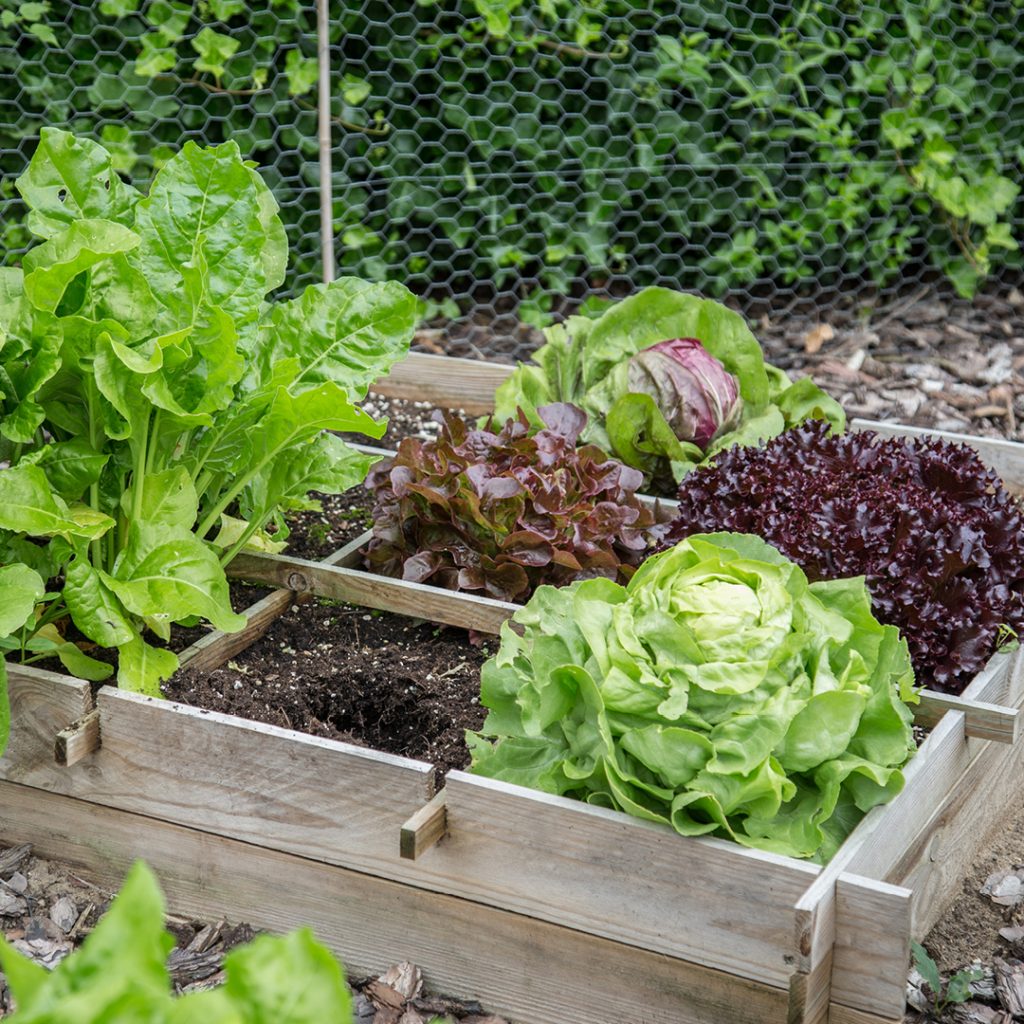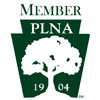Square foot gardening is a highly efficient method that maximizes space, minimizes waste, and simplifies the gardening process. Mel Bartholomew popularized it in his book “Square Foot Gardening,” which was first published in 1981. Since then, it has gained widespread acclaim for its simplicity and productivity. Still widely used and as popular as ever, allow us to give you some insight into this resourceful and fun form of gardening.
The What and Why of Square Foot Gardening
Square foot gardening is a method of intensive gardening that utilizes space by dividing a garden bed into small, manageable squares. Each square foot section is carefully planned and planted with specific crops, allowing for efficient use of space and resources. This technique emphasizes close spacing, weed control, and soil conservation, making it an ideal option for urban spaces or anyone looking to grow a lot in a limited area. Here are some of the many benefits of square foot gardening.
Space Efficiency
Traditional row gardening can be space-intensive and inefficient. Square foot gardening optimizes space by growing plants in a grid layout, allowing you to grow more in less space.
Weed and Pest Control
With square foot gardening, the close spacing between plants helps to naturally suppress weeds by shading the soil and minimizing open space where weeds can take root. Additionally, it’s easier to spot and manage pests in a small, densely planted area.
Water Conservation
By concentrating plants in small, defined areas, square foot gardening reduces water waste by minimizing runoff and evaporation. This makes it an environmentally friendly option, especially in drought-prone areas.
Accessibility
Raised square foot garden beds are typically elevated off the ground, making them more accessible for individuals with mobility issues. Their size, no wider than 4 feet, also makes it easier to reach across, reducing the need for bending and kneeling.
Simplicity and Manageability
Square foot gardening is easy to learn and requires minimal upkeep. Its structured layout makes for efficient use of time and resources.
Steps to Start and Grow a Thriving Square Foot Garden
The first and most important consideration when beginning a square foot garden is its size. It should be manageable and easily accessible from all sides. A width of around 4 feet is often recommended to ensure you can reach the garden’s center without stepping on the soil or plants. In addition to width recommendations, the overall size of your square foot garden can vary based on factors such as space availability, personal preference, and maintenance considerations. Start with a size that fits your needs and gardening goals, and don’t hesitate to adjust or expand your garden as you gain experience and discover what works best for you.
After considering the size, the following list will help you establish your first-ever square foot garden.
- Prepare
Build or purchase a raised garden bed. Fill it with a high-quality soil mix containing equal parts of compost, peat moss, and vermiculite or perlite, or simply look for an already prepared, high-quality raised bed soil mix.
- Divide
Using a grid system, divide the surface of your garden bed into square foot sections. You can mark these sections using string, wooden slats, or other suitable material.
- Plan
Plan your planting arrangement, keeping plants with similar growing requirements together to simplify watering and maintenance. For example, place all lettuce squares together, all herb squares together, etc. Vertical space is exploitable growing space. Utilize trellises, cages, or stakes for vining crops like tomatoes, cucumbers, or pole beans to maximize vertical growing space. Plan for succession planting by staggering plantings of quick-maturing crops throughout the growing season. This ensures a continuous harvest and maximizes garden productivity.
- Plant
Each square foot section can accommodate a certain number of plants, depending on their size. Consult an online square foot planting guide to determine the appropriate spacing for each type of vegetable or herb. For example, a single tomato plant may occupy one square foot, while several smaller plants like lettuce or carrots can be planted more densely. Don’t forget to tag your plants. Use labels and plant markers to identify each square foot section and keep track of what you’ve planted. We’ve provided a beginner’s growing guide below.
- Maintain
Regular maintenance tasks include watering, weeding, and fertilizing as needed. Since square foot gardens are typically smaller, these tasks are more manageable and require less time and effort than traditional gardens.
Also worthy of consideration:
- Succession Planting
As you harvest crops throughout the season, replant empty squares with new crops to maximize your garden’s productivity. Succession planting ensures a continuous harvest and keeps your garden thriving throughout the growing season.
- Crop Rotation
Rotate crops within your square foot garden yearly to prevent soil nutrient depletion and minimize pest and disease problems. This involves planting different types of crops in each square foot section to maintain soil health and balance.
- Season Extension
Consider using techniques such as row covers, cold frames, or hoop houses to extend the growing season and protect your crops from frost. This will allow you to enjoy fresh produce for a longer period.
Beginner’s Growing Guide: Easy Plants for the Square Foot Garden
For beginners starting with square foot gardening, it’s best to begin with easy-to-grow and versatile vegetables and herbs. Here’s a list of beginner-friendly plants and a simple layout to get started:
Lettuce: Varieties like leaf lettuce or butterhead lettuce are quick-growing and can be harvested multiple times throughout the season. Plant 4 plants per square foot, spacing them about 6 inches apart in a grid pattern.
Spinach: This nutrient-rich green is cold-hardy and can be harvested multiple times as baby greens or allowed to mature. Plant 9 spinach plants per square foot, spacing them about 4 inches apart in a grid pattern.
Radishes: Fast-growing and low-maintenance, radishes are perfect for beginners and add a peppery crunch to salads and snacks. Sow radish seeds thinly across the square foot section, allowing about 16 plants per square foot.
Carrots: Choose smaller varieties like ‘Thumbelina’ or ‘Paris Market.’ These are best for compact spaces. Carrots thrive in loose, well-drained soil. Sow carrot seeds thinly across the square foot section, aiming for about 16 plants per square foot. Thin out seedlings to ensure proper spacing as they grow.
Cherry Tomatoes: Compact varieties like ‘Patio’ or ‘Tiny Tim’ are well-suited for small spaces. Plant 1 cherry tomato plant per square foot. Support the plant as it grows using a cage or trellis.
Green Beans: Bush varieties of green beans are easy to grow and produce abundant yields. Pole beans are grown vertically to save space. Plant 9 bush bean plants per square foot, spacing them about 4 inches apart in a grid pattern. Plant 4 pole bean plants per square foot. Provide a trellis or support structure for the beans to climb as they grow. Space the plants evenly within the square foot section, allowing them enough room to spread out and climb the support structure without overcrowding.
Herbs: Basil, parsley, cilantro, and chives are among the easiest herbs to grow and are versatile in the kitchen. Plant 4 herb plants per square foot, ensuring they have enough space to grow and flourish.
Square foot gardening offers a practical and efficient way to grow a variety of vegetables and herbs in a limited space. As you gain confidence and experience with this gardening method, you can experiment with a wider variety of crops to suit your taste and perhaps even expand your growing space. These principles will assist you in creating a thriving garden that provides bountiful harvests year after year.
